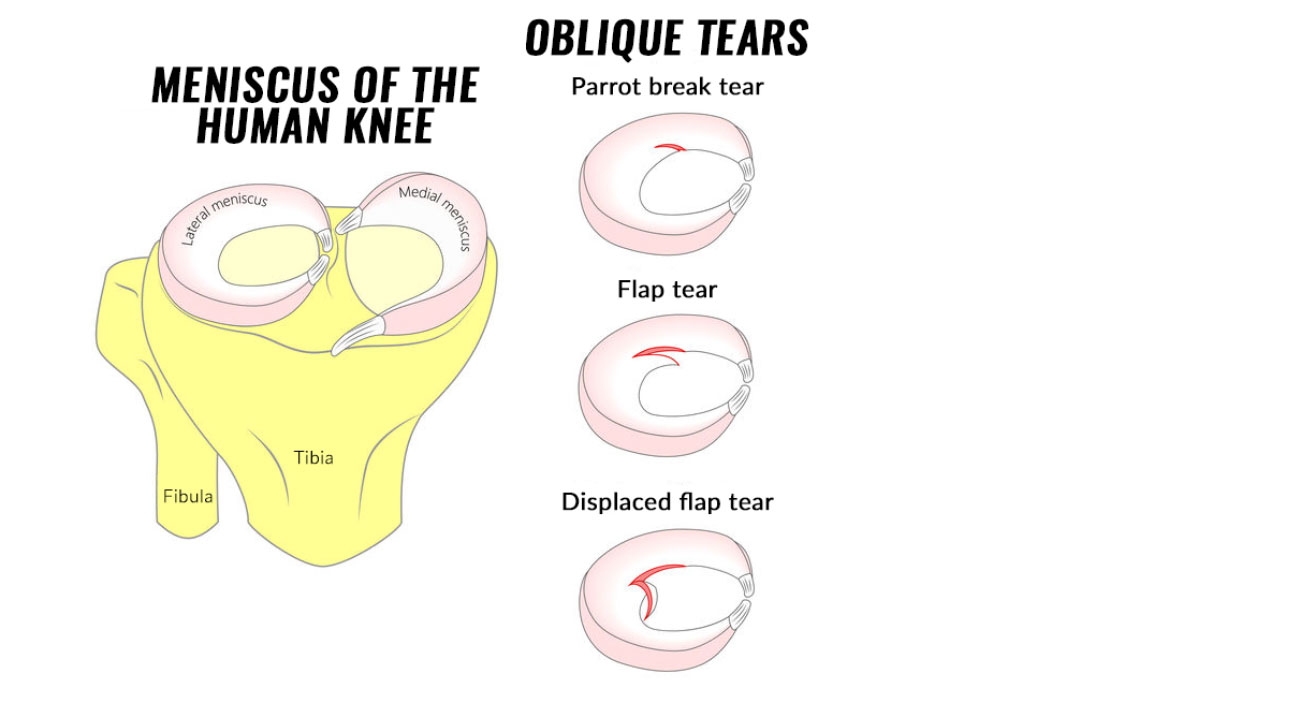Arthroscopic Knee Surgery
Meniscus Injury
A meniscus is a tough fibrous cartilage inside the knee. It rests between the femur (thigh) bone and the tibia (shin bone). There are two menisci in the knee, one on the medial side (towards the inside) and one on the lateral side (towards the outside).
What is the function of the meniscus?
The meniscus is a structure that serves as a “shock absorber” in the knee, which helps to dissipate forces that travel across the knee during daily activity. The menisci also help to lubricate the knee joint as well as to provide stability.
How do meniscus injuries occur?
Meniscus injuries can commonly occur in sports, however tears can even occur by aging. In the latter, patients don’t necessarily recall any specific injury but only start having pain after a twisting event.
What are the symptoms of a meniscus tear?
Typically, there is pain along the inner or outer aspect of the knee that is brought on with squatting and twisting motions. There can also be swelling and catching / popping / locking of the knee.
How is a meniscus tear diagnosed?
Your physician will need to perform a thorough exam of your knee and if there is sufficient concern for a meniscus tear, an MRI scan is typically obtained.
What is the treatment for a meniscus tear?
Typically, a meniscus tear is treated with arthroscopic surgery in order to repair (using stitches) or remove (”cleaning up”) the torn part. Sometimes, a patient may have both arthritis as well as a meniscus tear, and your surgeon will be able to determine if arthroscopic surgery will be beneficial. Recovery time after arthroscopic knee surgery for meniscus tearing can be as fast as 4-6 weeks but this may be as long as 4-6 months if a repair (with stitches) is performed.
Ready to Talk?
Contact Us


